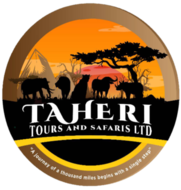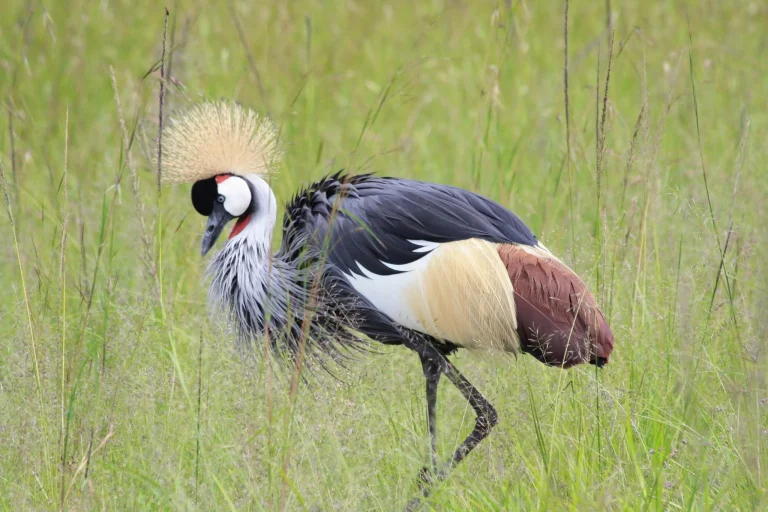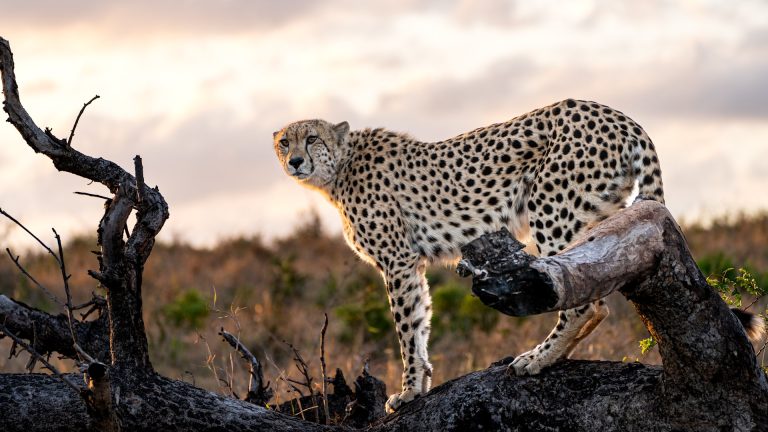The Serengeti, with its vast golden plains and rich biodiversity, is not only a battleground for survival but also a living pharmacy. While humans have long turned to nature for medicinal remedies, many animals in the Serengeti have also developed fascinating ways to self-medicate using specific plants. This remarkable behavior, known as zoopharmacognosy, reveals the deep-seated instincts and intelligence of the region’s wildlife. From elephants to baboons and even insects, the Serengeti is home to a secret world of animal medicine.
1. Elephants: Nature’s Pharmacists
Elephants, the gentle giants of the Serengeti, are among the most well-known self-medicating animals. These intelligent creatures have been observed deliberately seeking out particular plants to treat ailments and even assist in reproduction.
1.1. Inducing Labor with the Boraginaceae Tree
- Pregnant elephants have been spotted eating the leaves of a Boraginaceae tree (a type of borage) when they are nearing labor.
- This plant is known for its ability to stimulate uterine contractions, effectively helping elephants induce birth.
- Local communities in Africa have also used extracts of this plant for similar purposes, highlighting a fascinating overlap between human and animal herbal medicine.
1.2. Detoxification and Digestion
- Elephants frequently consume bark and clay, which acts as a natural antacid, neutralizing toxins in their diet.
- They also ingest charcoal from burned trees after lightning strikes, which serves as a natural detoxifier by absorbing harmful substances.
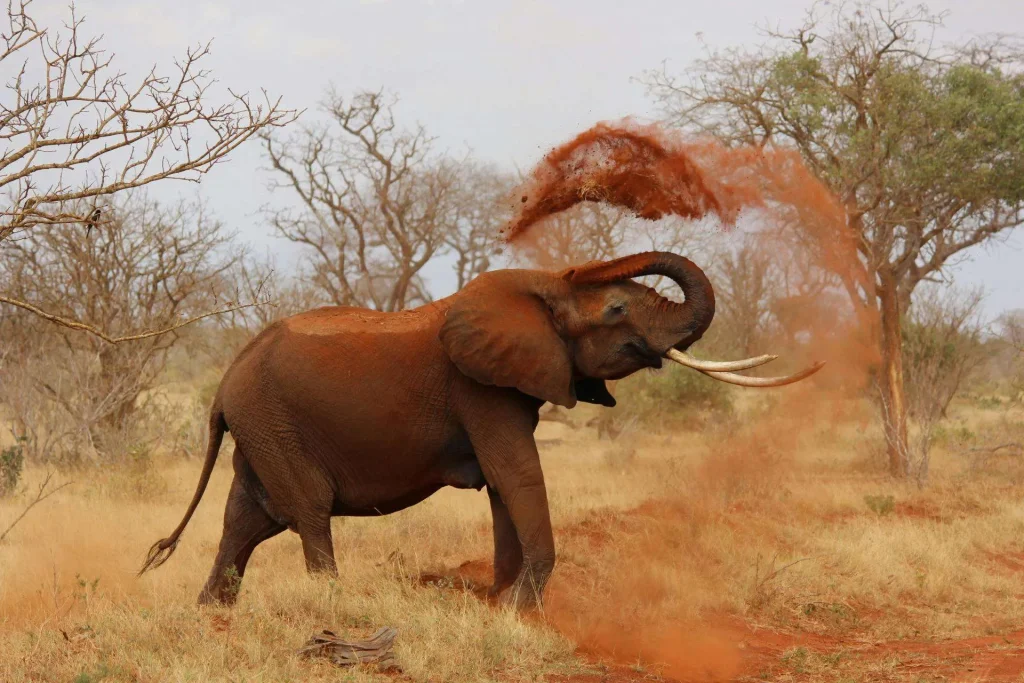
2. Baboons: The Primate Pharmacists
Baboons are highly social and intelligent primates that have demonstrated a keen ability to select plants with medicinal properties.
2.1. Treating Intestinal Parasites with Bitter Roots
- Baboons suffering from intestinal worms have been observed eating the bitter leaves and roots of plants such as Vernonia amygdalina, commonly known as the “bitter leaf tree.”
- This plant contains potent anti-parasitic compounds that help eliminate intestinal worms and improve digestion.
- Interestingly, humans in East Africa use the same plant for treating stomach ailments and malaria.
2.2. Wound Healing with Medicinal Leaves
- Baboons have been seen chewing the leaves of Lippia javanica, a plant with antiseptic and anti-inflammatory properties.
- They then rub the chewed paste onto wounds to prevent infections and speed up healing.
- This behavior suggests that baboons have an instinctive understanding of antiseptics, mirroring traditional herbal medicine.

3. Giraffes: The Silent Herbalists
Giraffes are selective browsers, often feeding on specific plants that offer more than just nutrition.
3.1. Anti-Parasitic Properties of Acacia Trees
- Giraffes preferentially feed on acacia leaves, which contain tannins and alkaloids that have natural anti-parasitic effects.
- These compounds help reduce gut parasite loads, allowing giraffes to maintain better overall health.
- Interestingly, giraffes time their feeding on acacia trees to avoid overconsumption, which could lead to toxicity.
3.2. Pain Relief from Commiphora Trees
- Giraffes have also been observed chewing on Commiphora species, a group of trees that produce a resin similar to myrrh.
- This resin has anti-inflammatory and analgesic (pain-relieving) properties, which may help giraffes manage pain from injuries or infections.
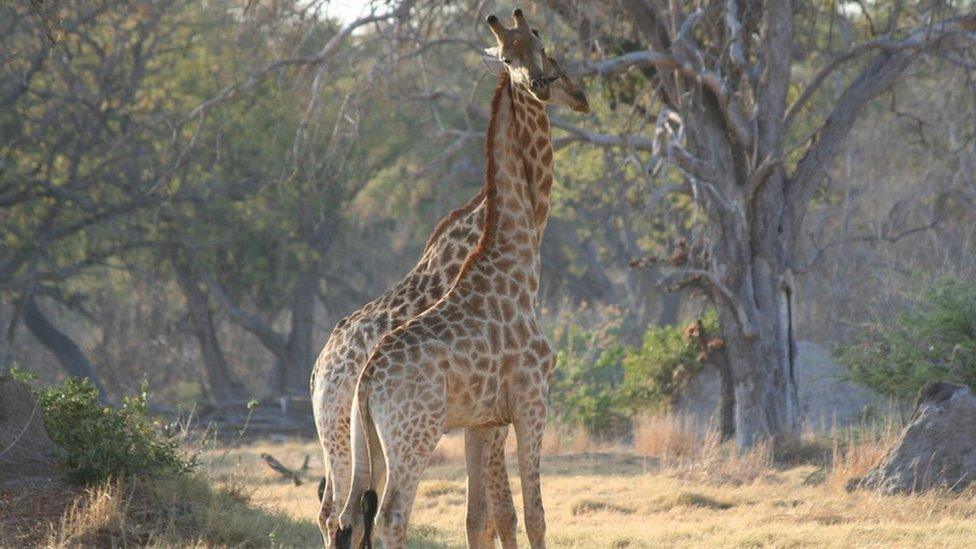
4. Carnivores: Healing Through Instinct
While carnivores primarily rely on meat, they occasionally seek out medicinal plants to aid digestion and healing.
4.1. Big Cats and Grass Consumption
- Lions, leopards, and cheetahs have all been observed eating grass, particularly when they suffer from digestive discomfort.
- Grass consumption helps induce vomiting, expelling parasites or undigested bones from their stomachs.
- This instinctive behavior is similar to that of domestic cats, who eat grass when they feel unwell.
4.2. Wild Dogs and Herbal Remedies
- African wild dogs have been seen rolling in and chewing on specific herbs, particularly Aloe species, which have natural antibacterial and antifungal properties.
- This behavior might help them ward off skin infections and parasites, particularly in their dense pack environments.
5. Insects and Reptiles: Tiny Pharmacists of the Serengeti
Even the smallest creatures in the Serengeti use plants for medicinal purposes.
5.1. Butterflies and Medicinal Leaves
- Some butterfly larvae selectively feed on toxic plants to make themselves distasteful to predators.
- Adult butterflies have been observed drinking from medicinal sap sources, possibly as a way to boost their immune systems.
5.2. Snakes and Thermal Regulation
- Certain snake species have been seen coiling around warm herbal plants believed to have anti-parasitic effects.
- While research is still ongoing, this behavior suggests they may use plant properties to rid themselves of mites and bacteria.
6. The Future of Wildlife Medicine in the Serengeti
As climate change and habitat destruction threaten the Serengeti, the knowledge of these animal pharmacies is at risk of being lost. Conservationists are now studying animal self-medication behavior to:
- Protect key medicinal plant species from overharvesting and habitat destruction.
- Incorporate animal-inspired herbal medicine into conservation and veterinary practices.
- Educate local communities and travelers on the importance of preserving this natural pharmacy.
Final Thoughts: Nature’s Hidden Healers
The Serengeti is more than a stage for dramatic predator-prey interactions; it is also a vast, living medicine cabinet where animals instinctively seek healing from plants. Elephants inducing labor, baboons treating infections, and giraffes combating parasites are just a few examples of how wildlife has mastered nature’s pharmacy.
For travelers, witnessing these incredible behaviors firsthand offers a deeper appreciation of the Serengeti’s hidden intelligence. Next time you visit, look beyond the spectacle of the hunt—observe the subtle, healing interactions between animals and plants. You might just discover a new side of nature’s wisdom.
